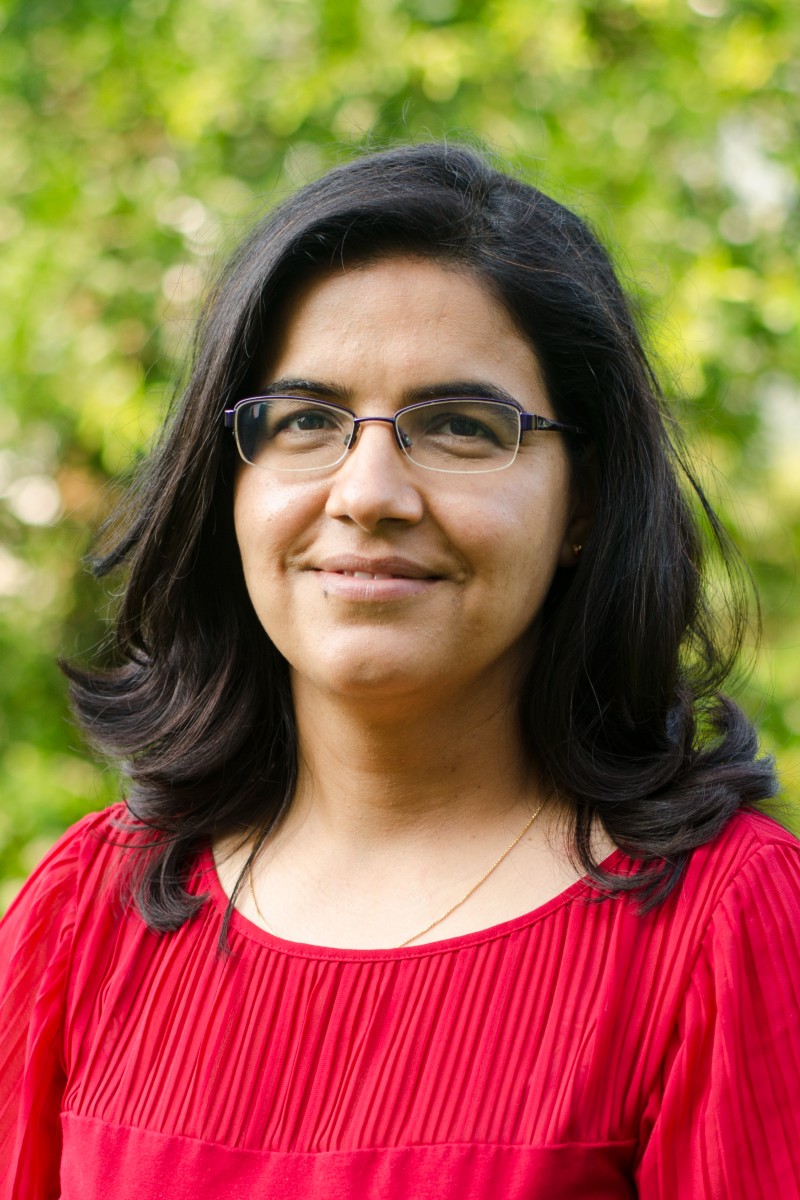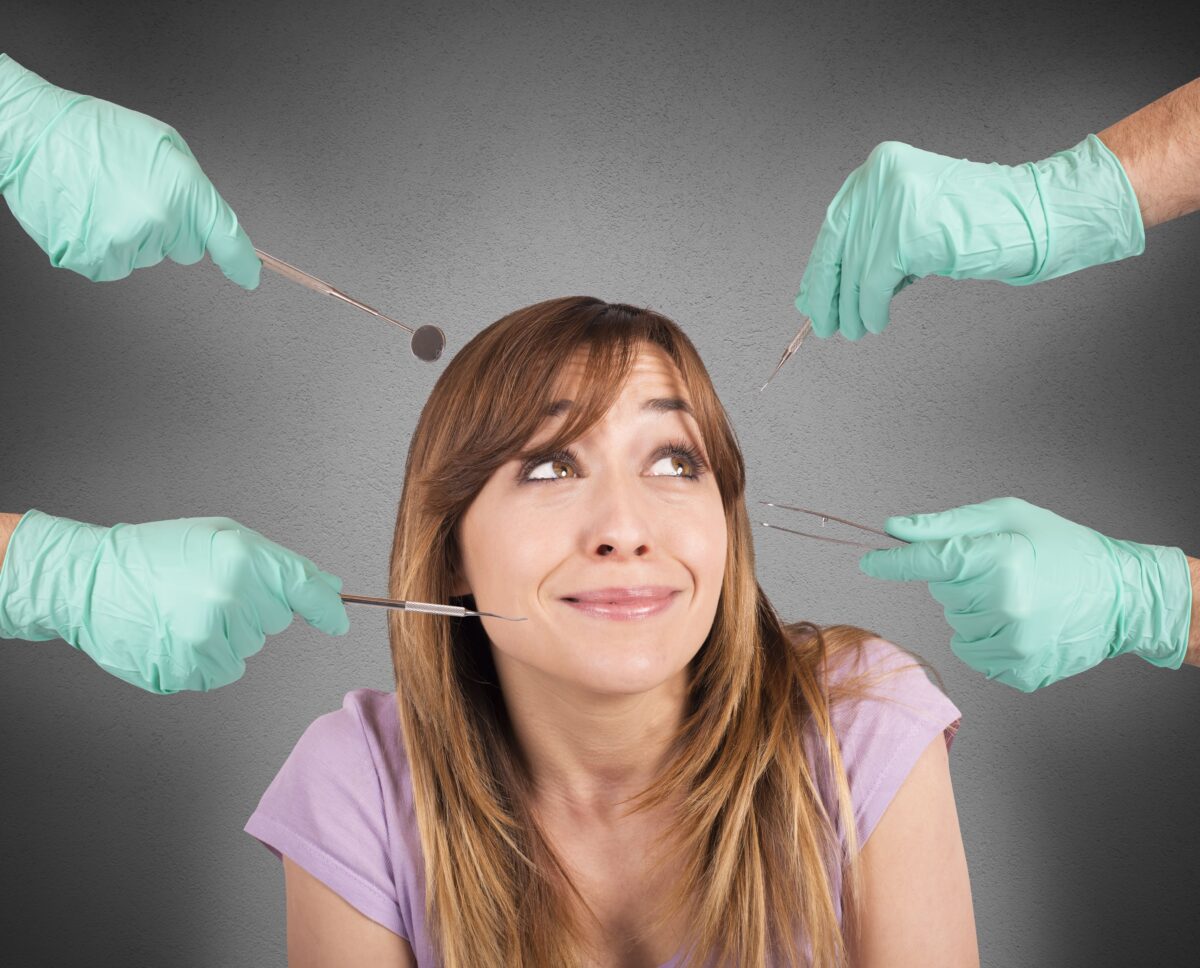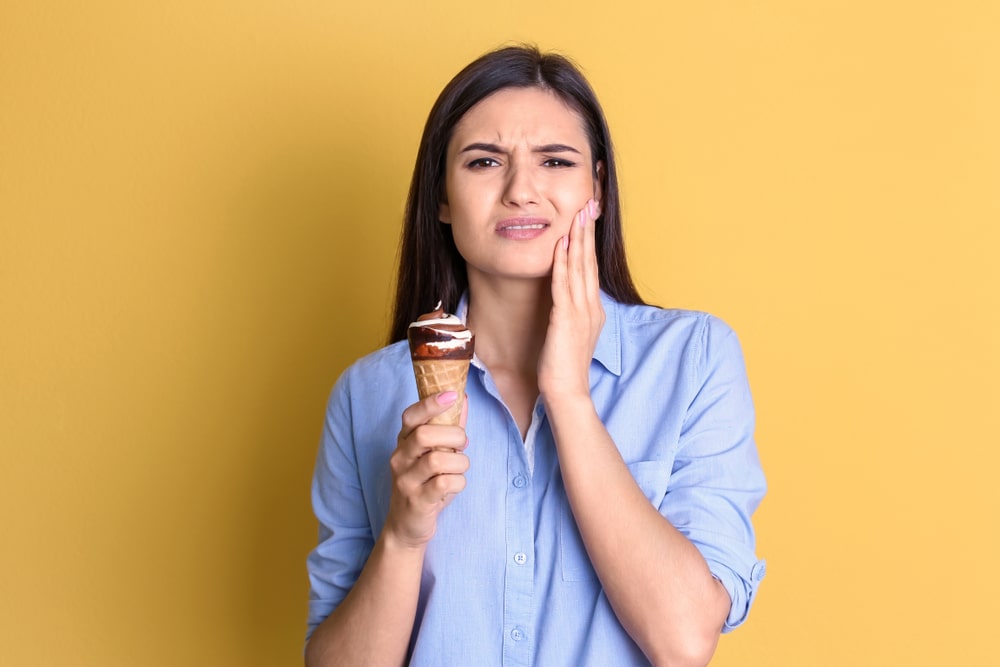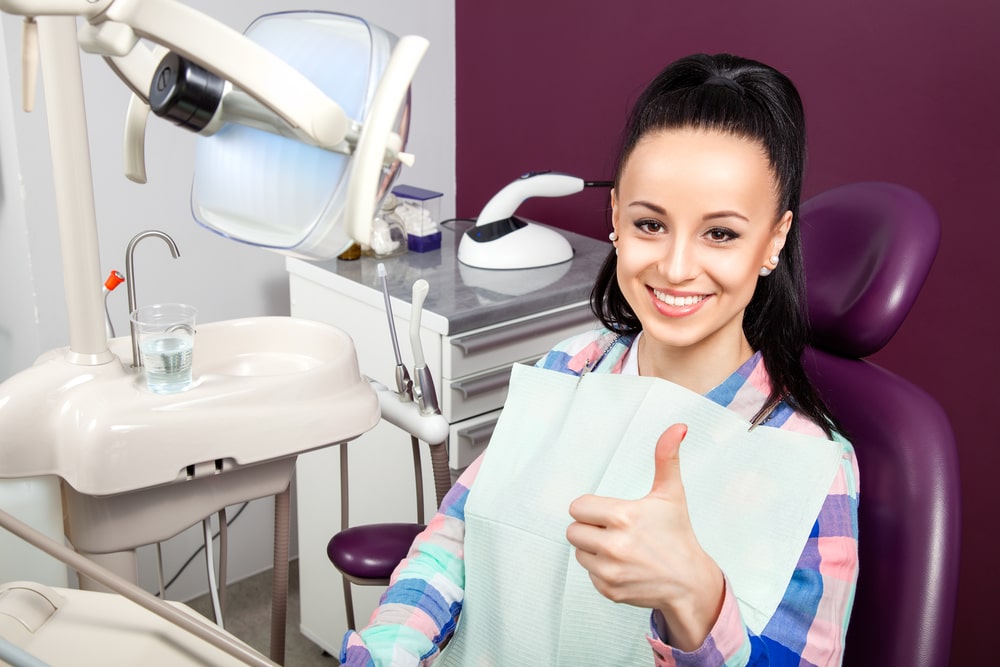In recent years, the field of dentistry has experienced a significant transformation, embracing the digital age with the advent of teledentistry. Teledentistry, or remote dental consultations, leverages telecommunication technology to provide dental care and consultation at a distance. This innovative approach to oral health management has not only increased accessibility for patients in remote or underserved areas but also provided a flexible and efficient alternative to traditional in-office visits. In this blog post, we will explore how remote teledentistry consultations work and the benefits they offer to both patients and dental professionals.
What is Teledentistry?
Teledentistry is a subset of telehealth that utilizes electronic information and telecommunications technologies to support and promote dental care, consultation, education, and public awareness. This service model can include patient care and education delivery using, but not limited to, live video (synchronous), store-and-forward (asynchronous), remote patient monitoring, and mobile health (mHealth). The exact type of teledentistry you recieve can vary depending on the provider and your needs.
How Remote Teledentistry Consultations Work
Step 1: Scheduling the Consultation
The process typically begins when a patient reaches out to a dental practice offering teledentistry services. Just like a regular dental appointment, the patient schedules a consultation, which is conducted via a video call. Most dental offices have a designated teledentistry platform where these appointments are booked and carried out securely to protect patient privacy as required by regulations like HIPAA in the United States.
Step 2: Preparing for the Consultation
Before the consultation, the patient may be required to provide a detailed dental history and describe their current issues. They may also need to send over any relevant images or documentation. Some teledentistry services provide apps or tools for patients to take intraoral photographs using their smartphone, which can then be sent to the dentist for preliminary assessment.
Step 3: The Virtual Consultation

At the scheduled time, the dentist and patient connect via a video call. The platform used for the video call is designed to be secure and compliant with health information privacy standards. During the consultation, the dentist will ask questions, review any provided images, and assess the patient’s condition to the best of their ability without a physical examination.
Step 4: Diagnosis and Treatment Planning
Based on the information collected during the virtual visit, the dentist can offer a diagnosis and suggest a treatment plan. If prescriptions are needed, they can be sent electronically to a pharmacy. If further in-person examination, X-rays, or procedures are required, an appointment will be scheduled at the dental office.
Step 5: Follow-Up and Continued Care
Teledentistry also enables follow-up care and monitoring of the patient’s progress. For some conditions, dentists can provide instructions for home care or prescribe over-the-counter treatments and observe the outcome through scheduled virtual check-ins.
The Benefits of Remote Teledentistry Consultations
Accessibility
Patients living in rural or underserved urban areas can receive dental consultations without the need to travel long distances.
Convenience
Teledentistry appointments can often be scheduled outside of traditional office hours, offering greater flexibility for patients with busy schedules.
Prevention and Early Detection
Regular virtual check-ins can encourage preventive care practices and early detection of dental issues, potentially reducing the need for more complex treatments in the future.
Cost-Effectiveness
Reducing the need for physical visits can save on overhead costs for dental practices and travel costs for patients, making dental care more affordable.
Education and Engagement
With teledentistry, dental professionals can offer educational resources and interactive sessions to promote oral health and hygiene, increasing patient engagement and awareness.
Conclusion
Teledentistry is reshaping the future of dental care. By combining convenience, accessibility, and efficiency, it is an exemplary model of how healthcare can evolve to meet the needs of the modern patient. As it continues to develop, we can expect this mode of dental consultation to become a staple of dental practice worldwide.
Whether you’re a patient looking for a convenient way to address your dental concerns or a dental professional exploring the potential of teledentistry, it’s an exciting time to engage with this revolutionary approach to oral health care.

Dr. Snehlata Kulhari completed her Bachelors of Dental Surgery (BDS) at Government Dental College in Punjab, India and her Doctor of Dental Medicine (DMD) degree at the Henry M. Goldman School of Dental Medicine in Boston. She has been practicing dentistry since 2011 and has founded Smile Mantra Family Dentistry to provide dental care and education to the community of Cary, NC. Dr. Kulhari stays up to date on the latest dental research and advancements in order to offer her patients exceptional dental care.



